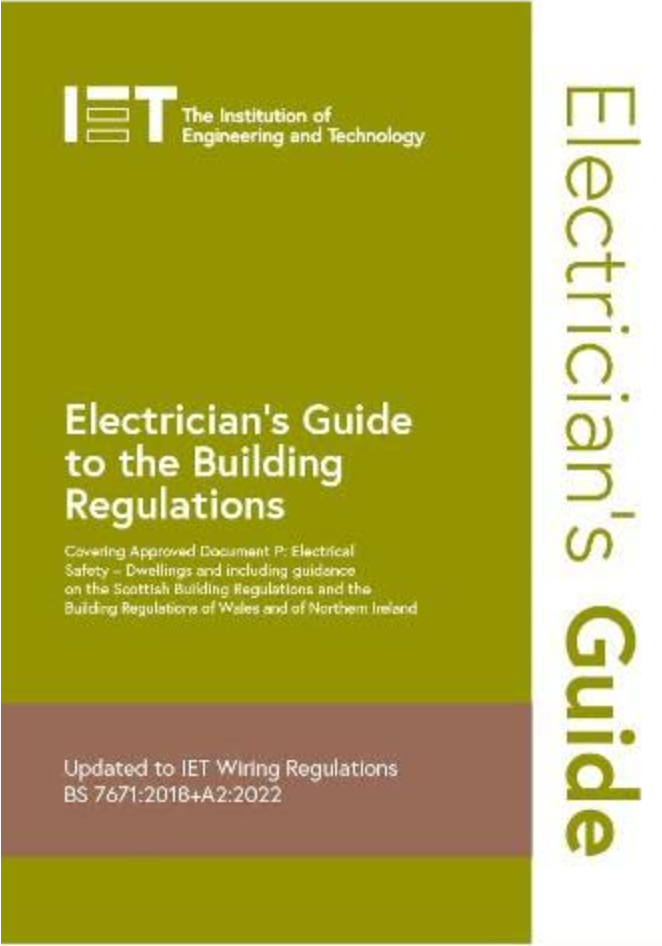
Introduction
When it comes to the safety, efficiency, and functionality of a building, few things are as crucial as its electrical installations. In England, these installations are regulated by a comprehensive framework known as the Building Regulations. Part A of the Building Regulations specifically addresses electrical safety and sets out the guidelines that must be followed to ensure the safe design and implementation of electrical systems in buildings. In this blog post, we’ll delve into how Part A of the Building Regulations in England relates to electrical installations and why compliance is essential.
Understanding Part A: Electrical Safety in Buildings
Part A of the Building Regulations primarily focuses on the structural safety of a building, but it also encompasses aspects related to fire safety, sound insulation, and electrical safety. In relation to electrical installations, the regulations aim to prevent accidents, fires, and other hazards that could arise due to faulty electrical systems.
1. Design and Planning
Part A emphasizes the importance of proper design and planning when it comes to electrical installations. The regulations require that electrical installations be designed to minimize the risk of electric shock, fire, and other potential dangers. This involves considering factors such as the intended use of the building, the load requirements, and the placement of electrical outlets, switches, and equipment.
2. Installation Standards
One of the core aspects of Part A is the requirement for electrical installations to adhere to relevant British Standards or their equivalent European standards. These standards outline the technical specifications, safety requirements, and best practices for various electrical components and systems. Following these standards ensures that the electrical installations are safe, reliable, and efficient.
3. Competent Installers
Part A highlights the importance of using competent and qualified professionals for electrical installations. It’s essential that the individuals responsible for designing, installing, and testing electrical systems have the necessary skills, knowledge, and experience. Hiring certified electricians helps guarantee that the installations are carried out correctly and in accordance with the regulations.
4. Inspection and Testing
The Building Regulations require that electrical installations undergo thorough inspection and testing before they are put into use. This is to verify that the installations are safe, free from defects, and compliant with the relevant standards. Testing includes checks on insulation resistance, continuity, polarity, and earth connections, among others. Proper documentation of these tests is also crucial for future reference.
5. Compliance and Documentation
Part A places a strong emphasis on compliance and documentation. Building owners or operators are required to maintain records of the design, installation, inspection, and testing of electrical systems. These records not only serve as proof of compliance but also help in diagnosing issues, conducting maintenance, and ensuring the ongoing safety of the electrical installations.
Conclusion
Part A of the Building Regulations in England serves as a vital framework for ensuring the safety and functionality of electrical installations in buildings. By focusing on design, installation standards, competency, inspection, and compliance, these regulations play a crucial role in preventing accidents, fires, and hazards associated with faulty electrical systems. Adhering to Part A not only safeguards the occupants of a building but also contributes to the overall efficiency and sustainability of the built environment. If you’re involved in any aspect of construction or property management, understanding and following Part A is not just a legal requirement, but a commitment to creating safe and reliable spaces for everyone.
Take the course and become Part P qualified with the City & Guilds 2393-10 qualification. Only £198.00 Inc VAT.
The City & Guilds 2393-10 qualification holds immense value for electricians seeking to enhance their skills and excel in their careers. In today’s rapidly evolving technological landscape, where electrical installations and regulations are becoming increasingly sophisticated, this certification equips electricians with the essential knowledge and expertise to navigate complex wiring regulations and ensure safety and compliance. Through comprehensive training in the latest wiring regulations, the 2393-10 course empowers electricians to confidently plan, design, and execute electrical installations with precision. This qualification not only bolsters professional credibility but also opens doors to new opportunities, as businesses and clients prioritize certified electricians who can guarantee efficient, up-to-date, and secure electrical systems. For electricians aspiring to stay at the forefront of their field and provide top-notch service, the City & Guilds 2393-10 is a pathway towards achieving excellence and delivering the utmost reliability in an ever-evolving industry.



